When food looks different, people usually aren’t sure about eating it. If something has an unusual shape, color, or texture, it’s easy to skip over it. But many foods taste way better than they look.
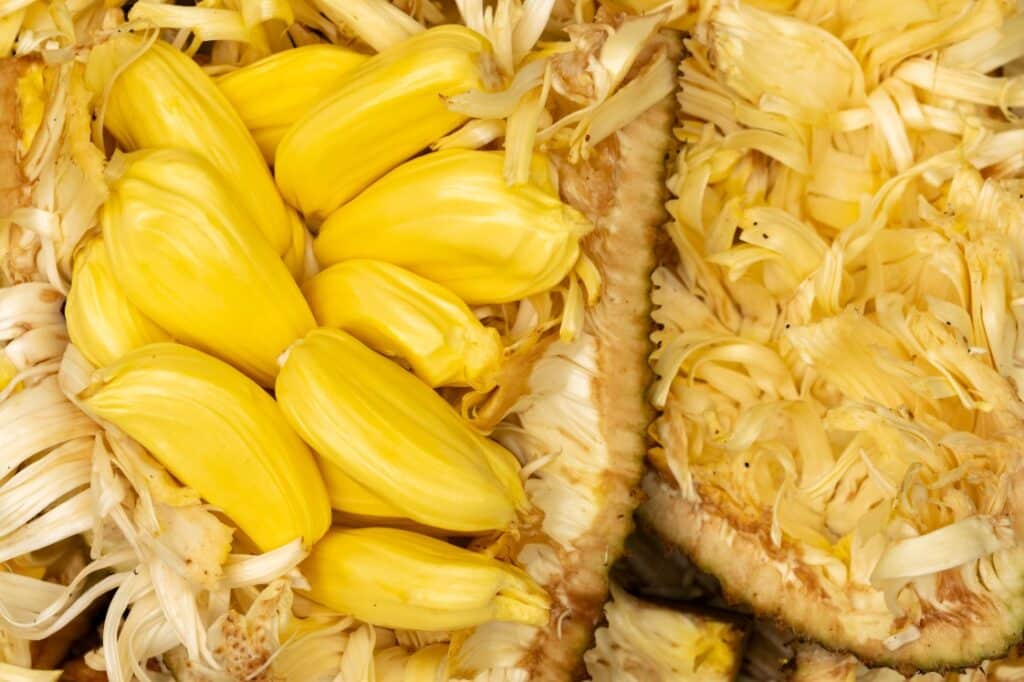
Durian

Durian is famous for its strong smell, which some people compare to onions, cheese, or rotten fruit. Because the odor can be overwhelming, hotels and public transport often ban durian from indoor spaces. Eating durian outdoors or somewhere with good ventilation usually helps.
Knowing how to pick a ripe durian makes a big difference. The fruit should feel soft when pressed gently, but not mushy or too firm. Durian tastes best right after it’s cut open, because the flavor changes fast when it hits the air. Wearing gloves is a good idea, since the shell has sharp spikes that can hurt.
If fresh durian isn’t easy to finish at once, freezing it is a good option. Durian freezes well if wrapped tightly, and freezing helps tone down the strong smell. Frozen durian keeps its creamy texture and sweet flavor, which makes it perfect for blending into smoothies or ice cream. Mixing durian with cold ingredients also makes the smell less noticeable.
Another good way to handle durian’s strong flavor is to pair it with ingredients that match its intensity. Coffee or chocolate can help balance the strong smell and highlight the fruit’s sweetness. Baking with durian, or adding small amounts to custards or pastries, is also an easy way to start getting familiar with the taste without feeling overwhelmed.
Cactus
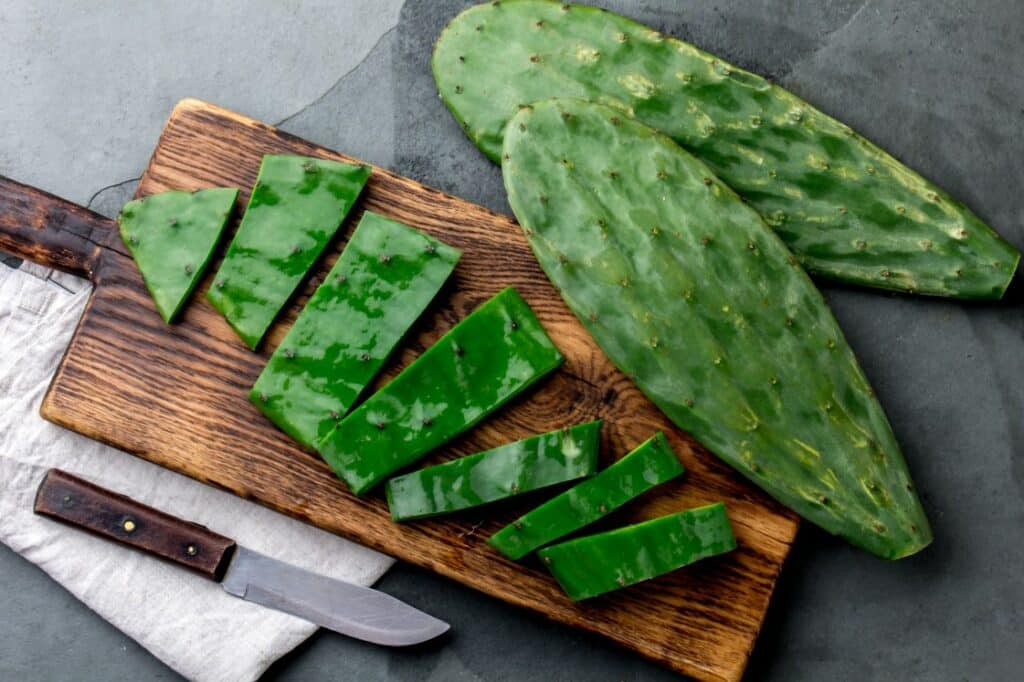
Cactus pads, known as nopales, don’t look like something most people would grab for dinner. They’re covered in sharp spikes and have a kind of slimy texture when cut open. But once the spikes are removed, cactus pads taste fresh and a little tart, almost like green beans or bell peppers.
They can be eaten raw, chopped up and mixed into salads or salsa for extra crunch. They’re also great cooked — toss them into tacos, scramble with eggs, or simmer in soups. They add flavor without taking over the dish.
Octopus

Raw octopus can be tough and chewy if cooked wrong. To get octopus tender, it needs to be cooked slowly on low heat for a long time. Boiling or simmering for around an hour usually works great. A good tip is to add something acidic, like lemon or vinegar, to the water (it helps soften the meat).
Another easy way is grilling. But grilling works best after the octopus has been simmered and tenderized first. Boil it until it’s easy to poke a knife through, then dry it off, lightly oil it, and grill quickly over high heat. That gives the outside a crispy texture without drying out the inside.
When seasoning octopus, keeping things simple is usually best. Lemon, garlic, olive oil, salt, and fresh herbs like parsley or oregano work great. Strong flavors can overpower octopus easily, so lighter seasoning is usually enough.
And, if working with fresh octopus feels intimidating, frozen octopus is usually already cleaned and easier to deal with. Thaw it overnight in the fridge, then cook it the same way. Frozen octopus is just as good and can even be more tender than fresh.
Kimchi
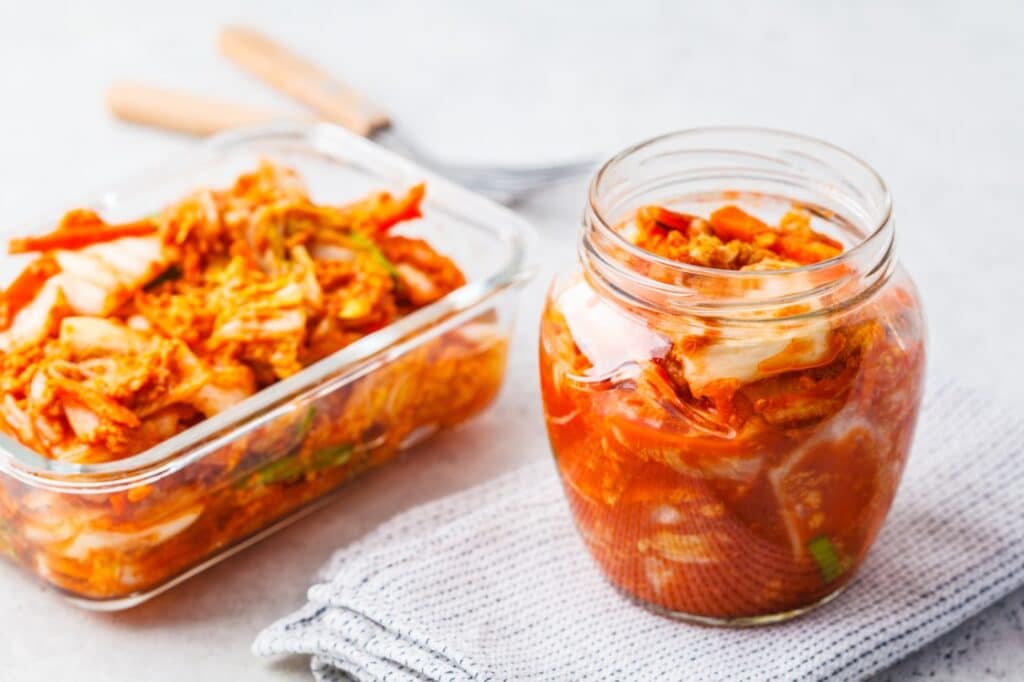
Kimchi is fermented cabbage mixed with garlic, ginger, chili peppers, and salt. Because it’s fermented, it has a strong smell that can seem harsh at first. Many people notice the sharp, sour odor right away and aren’t sure if they’ll like it. But that strong smell is normal, and it doesn’t mean the kimchi has gone bad.
When picking kimchi at the store, it’s important to check the date and make sure it’s still fresh. Kimchi keeps fermenting even in the fridge, so it gets stronger and more sour the longer it’s stored. If someone prefers a milder taste, they should choose kimchi that’s recently made, and eat it within a few weeks.
Kimchi isn’t only a side dish. It can be used in plenty of everyday meals. Cooking kimchi reduces its sharpness and makes it milder. Stir-frying it briefly cuts down the sour taste and adds depth to dishes like fried rice, noodles, or scrambled eggs. Kimchi is also great simmered in soups or stews, where the strong flavors soften into the broth.
Jackfruit
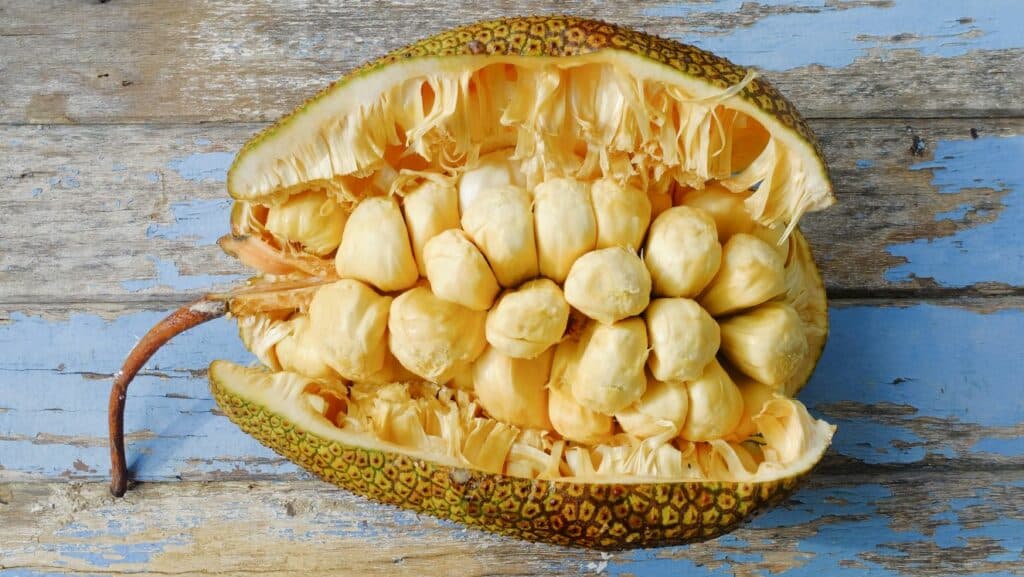
Jackfruit is one of those fruits that makes people look twice. It’s huge, heavy, and covered in bumps. Cutting into it can feel tricky at first. Inside are lots of yellow pods surrounded by sticky sap, so using a bit of oil on your hands and knife makes cleanup easier.
When jackfruit is ripe, it tastes sweet like banana or mango. You can eat the ripe pods fresh, toss them into smoothies, or freeze them for later. They’re also great chopped into fruit salads or used as toppings on ice cream.
Unripe jackfruit doesn’t taste sweet yet and works great as a meat substitute. Once cooked, it easily shreds apart, similar to pulled pork or chicken. It picks up seasonings quickly, making it perfect for barbecue sandwiches, tacos, curries, or stir-fries.
Dragon Fruit
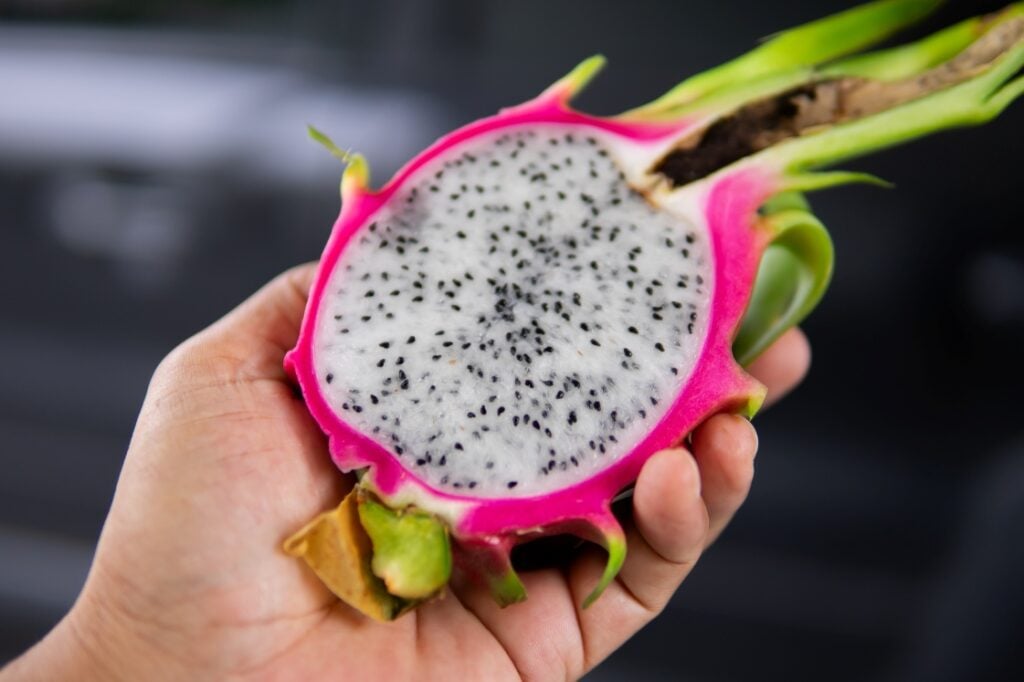
Dragon fruit gets noticed right away because it doesn’t look like regular fruit. The skin is bright pink or yellow, with green scales sticking out. When it’s cut open, the inside can look even more unusual, revealing white or deep pink flesh dotted with small black seeds. It’s definitely eye-catching, but can also seem strange if someone isn’t used to it.
Even though dragon fruit looks flashy, its taste isn’t loud at all. The fruit is actually sweet and mild, a little like kiwi or pear, but less sour. This gentle sweetness makes dragon fruit easy to eat, even for people trying it for the first time.
Because dragon fruit doesn’t have a strong taste, it matches easily with other fruits. Sliced dragon fruit works great in fruit salads, adding bright color and sweetness without overpowering other ingredients. It’s also popular blended into smoothies, giving them a smooth texture and fresh flavor.
Some people even grill slices of dragon fruit. Grilling makes the fruit a bit sweeter and softer, turning it into a tasty topping for yogurt or ice cream. Dragon fruit’s texture stays firm enough to handle heat, so grilling doesn’t turn it mushy.
Seaweed
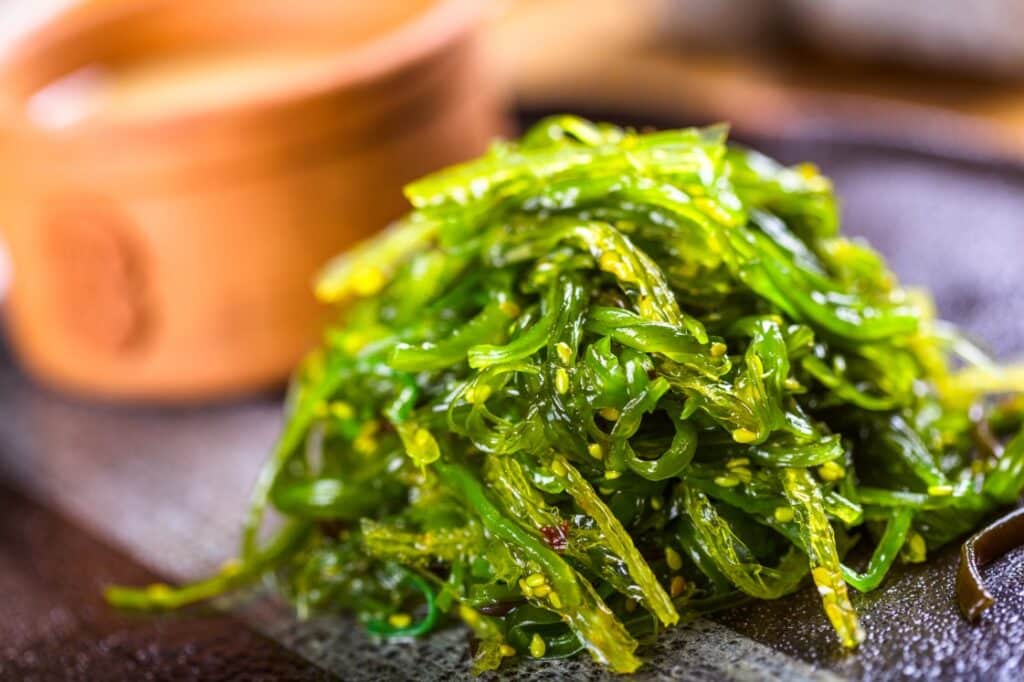
Seaweed isn’t usually the first thing people reach for when they’re hungry. It often brings to mind images of beaches and ocean waves rather than something to put on your plate. Fresh seaweed can seem a bit slimy and slippery, which doesn’t exactly make mouths water at first glance. But despite the odd appearance and texture, seaweed is popular in many places because of its salty, savory flavor that adds something extra to food.
People use seaweed in different ways. One common way is dried seaweed sheets, which most people know from sushi rolls. The dried sheets add a crisp, salty flavor that matches perfectly with rice and fillings like fish or vegetables. But seaweed is more versatile than just sushi. Dried seaweed flakes can be sprinkled on top of rice, salads, or soups. They quickly add flavor without much extra effort.
Fresh seaweed, like kelp or wakame, is also great for cooking. It works nicely in soups or stews because it adds a subtle ocean flavor without overpowering the other ingredients. In many Asian dishes, seaweed is chopped up and mixed into stir-fries or tossed with noodles.





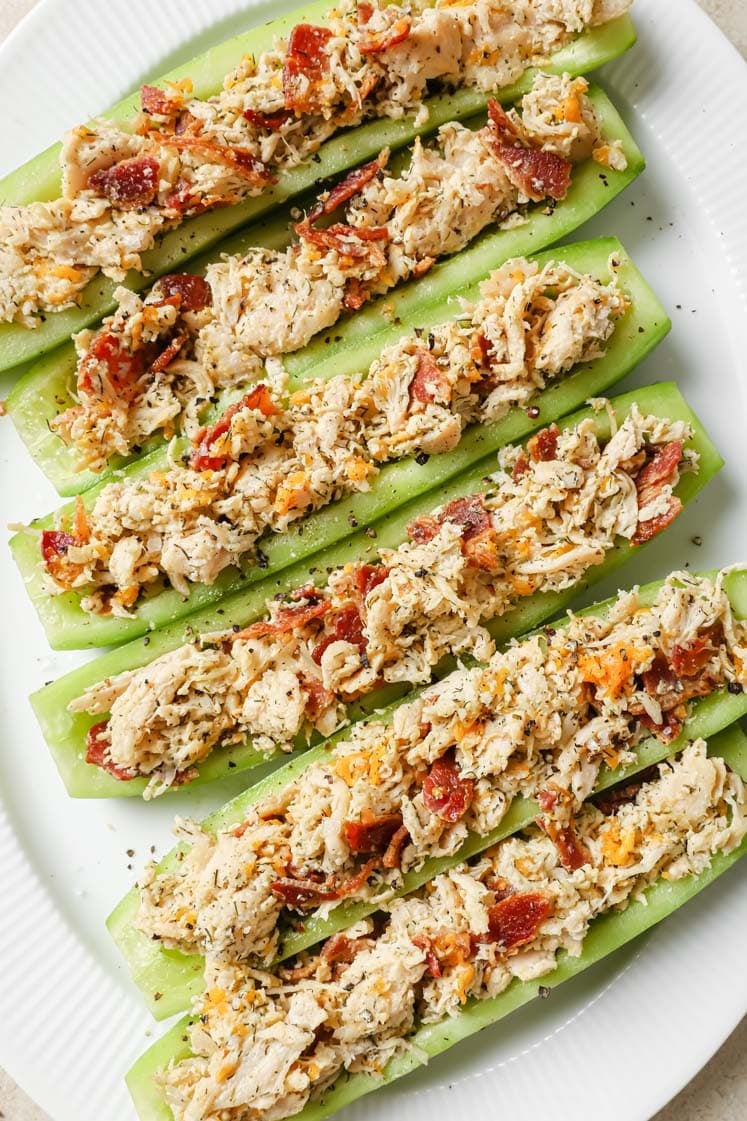





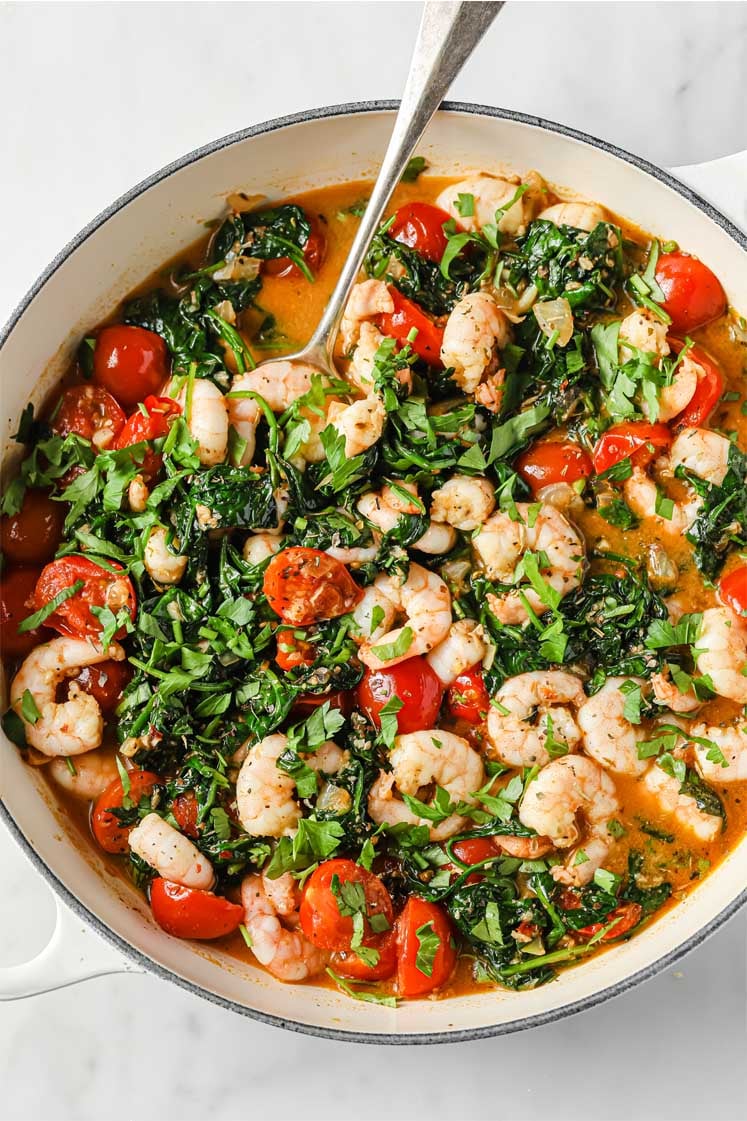

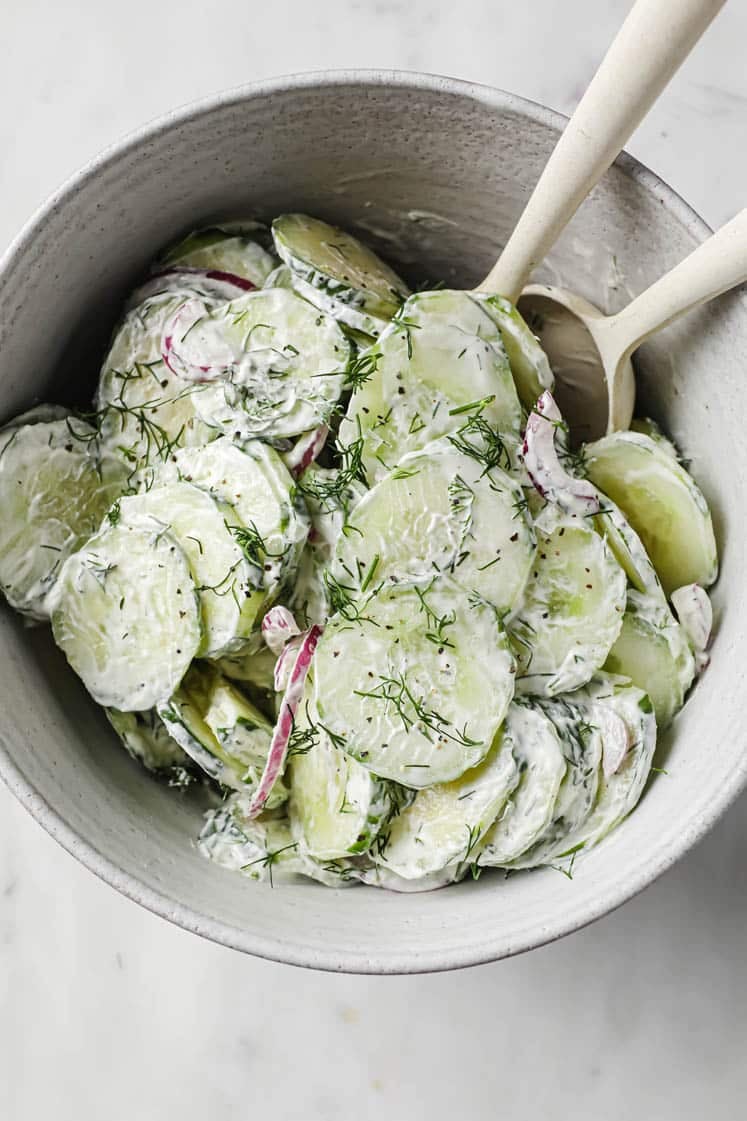









Leave a Reply